One of the questions I get asked a lot is what size fuel jets I run in the my 32/36 weber on the Turbo KE70 Corolla. Before I provide this answer, I thought it would be good to run through my process on how to size carburettor jets.
Before we start with jets, let have a quick chat about carburettors. When picking the right carburettor for turbo blow through setups, sizing compared to naturally aspirated engines has to be a little bit bigger. When I asked an expert what size carb I should put on my 1.3 L, he recommended a much smaller carburettor. He recommend a 28/32 weber, but I currently use a 32/36 weber (thanks to advise of many others).
When you run boost into a carburettor, it needs a lot more fuel than it would when it was naturally aspirated. For example if I was running naturally aspirated on my 1.3 L, I probably would use a 135 main fuel jet and maybe 145 secondary fuel jet. Once I started measuring if AFR s (Air Fuel Ratios) with my Innovate air fuel wide band, I knew that I had to jump up my jet sizing as the mixture was running too lean (too much air from turbo and not enough fuel). Through testing and driving I progressively jumped my main jet up to a 165 and my secondary jet up to 180.
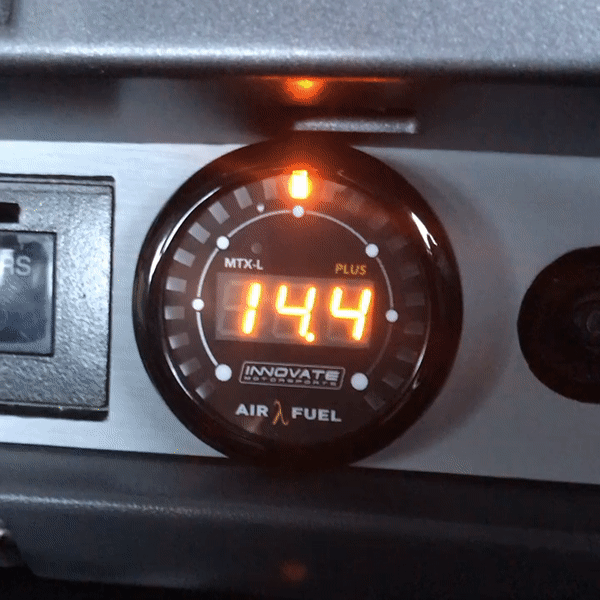
How to size carburettor jets – How I found the best jet combo
1. Install a wideband sensor
2. Workout base line without boost
3. Start adding boost under light load normal driving and adjusting jets
4. Then drive under larger loads hills and freeways and adjust jets
5. If you add more boost, repeat steps 3 and 4
Install wideband
A wide band a air fuel ratio sensor is a valuable tool to have in your car. Only cost a couple hundred bucks and gives you really useful data for you to adjust things and also see the health of of your fuelling components over time.
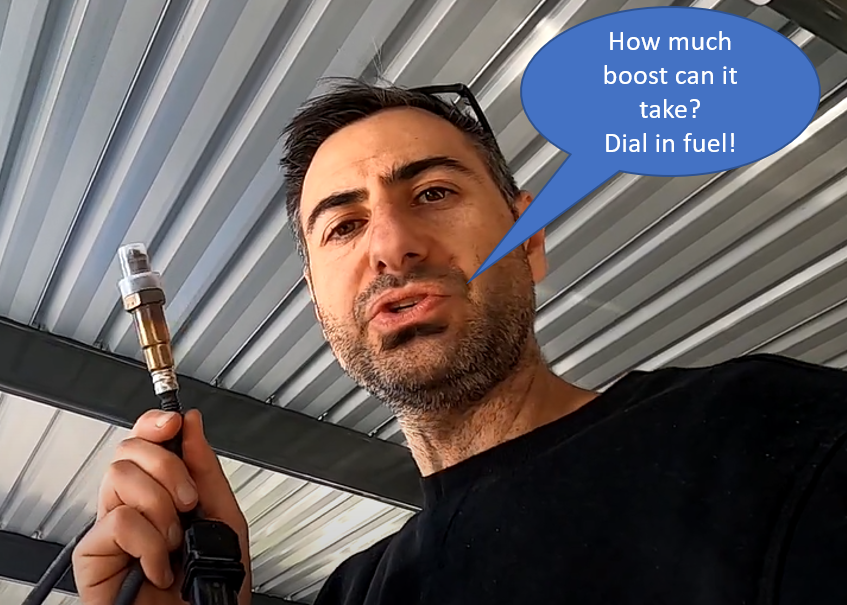
My goal is to have the car running as close to 14:1 ratios which is the best for petrol cars. It doesn’t have to be exactly 14:1, it’s a bit hard because when you’re running carburettor as it can fluctuate slightly, but as long as you’re in that region anywhere between 13 to 15 is good and safe. When running high RPM and more boost, its always safer to run it richer about 13:1. Check out part five of the turbo corolla series where I install a white band into the KE70. It a pretty easy process to do.
- Install the wideband sensor into the exhaust system by welding in a bung, see for directions in the instructions on how far you should have it away from the turbo or headers of the car.
- Run the sensor wire through the firewall into your car. Again follow the instructions in haste why that up your car.
- Wire Up gauge to power
- Calibrate the sensor
- Start measuring and adjusting jet sizes under driving load
Know your jets
When I talk about jets I’m talking about the main and secondary fuel jets which sit in the fuel bowl of the carburettor. There are also air corrector jets and Idle jets. I have messed around my idle jets to get my idle AFRs you’re where I wanted it. I have not not messed with my air corrector the jets yet, I’ve just left them as they are.
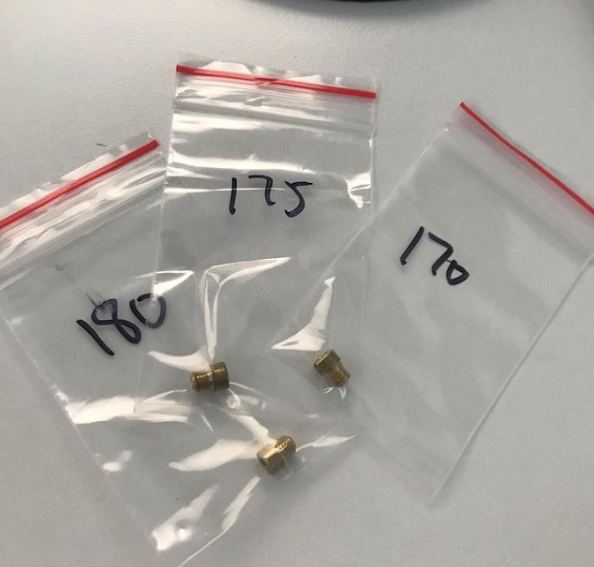
Firstly I’d like you to be wary of “expert” advice unless they are doing the work themselves. I got consulted through “turbo carb expert” and they recommended me very small jet sizes. Only once I started driving and testing I realise how much bigger I needed to go.
So before changing anything, start driving and seeing where you AFRs sit. It’s important to know that where your primary and secondary jets open up in your carb. Normally secondary Jet feels a little firmer on the accelerator pedal when you push it open. So that’s how I know when my secondaries are opening up.
Once you found out where your secondaries are on your accelerator pedal or you just considering that to be foot flat to the floor, then you can start adjusting your jets.
Drive under load and start measuring and changing jets
Ideally you should be doing this on a dyno, it’s safe and you have an expert that will be able to guide you. The problem with doing this sort of testing on a dyno is that it’s very time-consuming because every time you need to change the jets you need to pull your turbo plenum, open up your carb and change the jets put it all back together again. Can be costly for dyno time.
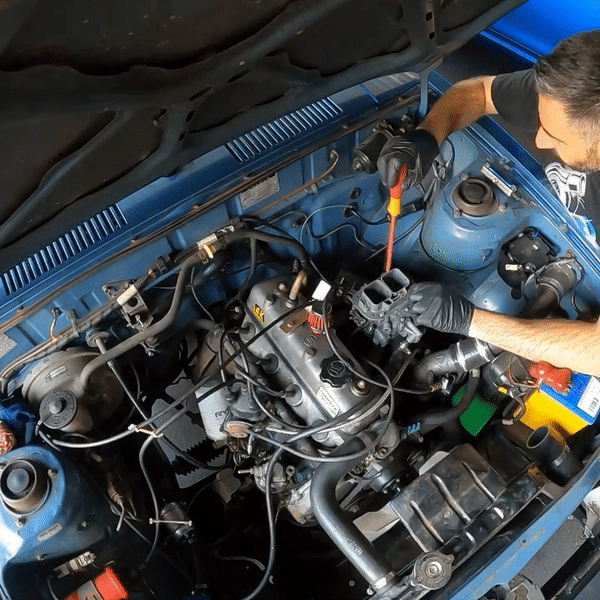
So what I did was have a mate in the car should be watching both the AFRs and the boost. We would drive on the small load around the streets where it was safe, and we would slowly increase the load and insure that our AFR was closer to 14:1
First we did slow street driving only opening up the primary barrel of the carburettor. And then we are adjusted our main size Jet until we got a reasonable 14: 1 ratio underload.
Then we did some High load driving up some hills and on some faster roads and we slowly adjust at our secondary. We quickly realised that our secondary Jet need to increase until it ran out of jet size. This is because boost is at its highest under larger load. At this stage I think the biggest I had was a 170 jet.
You can purchase jet kits or individual jest online. If you don’t have a jet kit and a very keen with some fine drill bits you can slowly drill at your jets as well. The only thing to note is that to resource accurate drill bit’s of the of those sizes would be probably more expensive than jets. So you might as well just buy the jets but what ever you can will work.
What I run in the Turbo 4KC KE70 Corolla
As many of you been asking what jet sizes I currently run in the Toyota Corolla 4K 1.3L with turbo running at 7psi:
| Main / Primary | Secondary | |
| Main Fuel Jet | 170 | 180 |
| Air Correction Jet | 165 | 160 |
| Idle Jet | 42 | 45 |
| Emulsion tube | F50 | F6 |
| Needle Valve | 200 |
Hope this post sheds some light on jet sizing and helps you getting your car running like a beast.
Please note when you click on links to various merchants such as EBAY on this site and make a purchase, this can result in this site earning a commission.

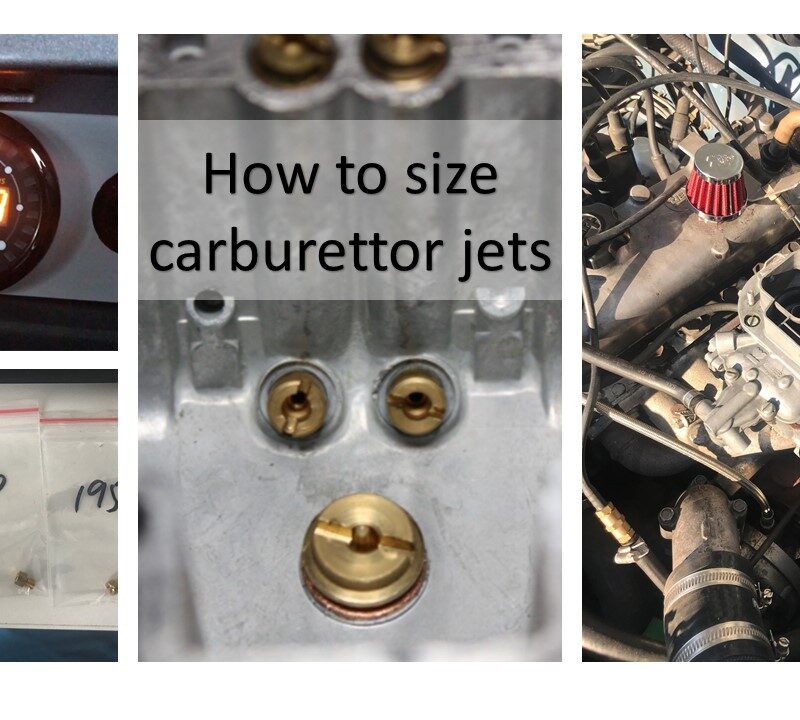
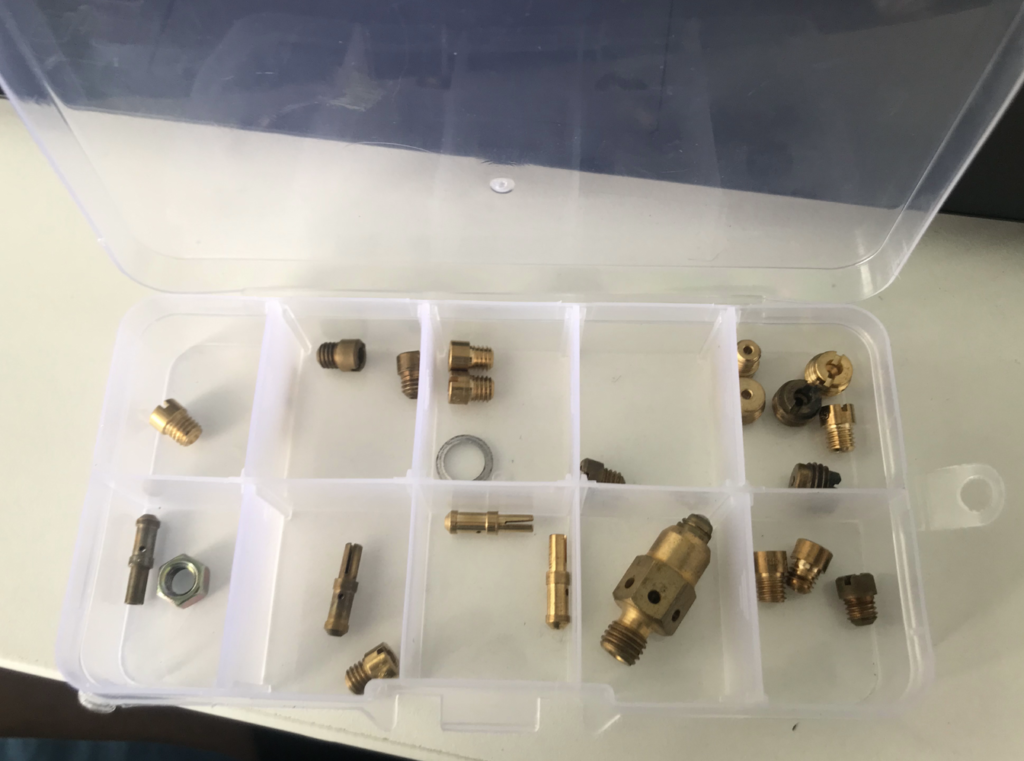
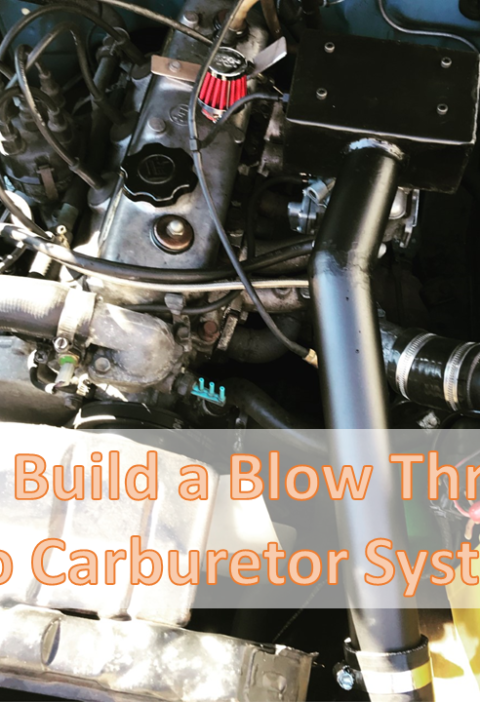
Hey mate I have just j pipe turbo my 4K in my ke55 and my malpassi reg isn’t going to 0 just sits on 11 I have a Aeroflow 14psi black fuel pump and doesn’t want to zero out I am using the original charcoal canister for a return line my dad is saying I need a bigger return so it can zero out but it’s starts boosting half throttle then starts to splutter and doesn’t make any more power at full throttle still stock carb not sure what to do I’m now thinking a Webber like yours and ideas
Your Dad is 100% correct. I did the same thing with the Charcoal canister line and had the same problem. Run a new return line to the tank and you’ll get more fractional adjustment on the regulator.
Definitely go a 32/36 weber, the difference is amazing compared to standard carb.